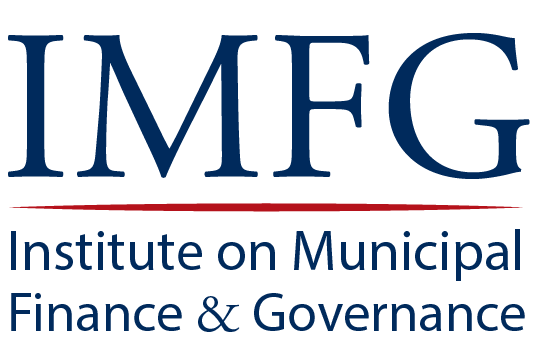Legacies of the Megacity: Toronto’s Amalgamation 20 Years Later
In 1998, Metropolitan Toronto and its six lower-tier municipalities – Toronto, Etobicoke, Scarborough, North York, East York, and York – were amalgamated to form the new City of Toronto. The decision to amalgamate was controversial. Proponents argued that streamlining service delivery would yield major cost savings for the city and its residents. Opponents claimed that eliminating Metro’s lower-tier municipalities would diminish the quality of democratic representation.
Twenty years later, what can be said about Toronto’s experience with amalgamation? Are residents better served by a single, large government than they were by the previous two-tier metropolitan model?
On March 27, 2018, the Institute on Municipal Finance and Governance (IMFG) convened a panel to address these questions. The discussion brought together two people who were directly involved in Toronto’s amalgamation and subsequent reorganization – John Matheson and Shirley Hoy – as well as three academics – Alexandra Flynn, Enid Slack, and Zack Taylor.
This Forum paper does not offer a comprehensive assessment of Toronto’s experience with amalgamation; rather, it provides a synthesis of the panellists’ remarks as well as of the broader discussion that followed.
Toronto’s experience with amalgamation is decidedly mixed. Despite the Province’s predictions, there is limited evidence that consolidating the lower-tier municipalities led to notable cost savings. Yet democratic accountability and transparency have improved somewhat under the new system. The streamlining of political decision-making and the creation of various oversight bodies – including the Auditor General, the Integrity Commissioner, the Office of the Ombudsperson, and the Lobbyist Registrar – are welcome developments.
The panel also reported some deeper, structural problems that amalgamation has either highlighted or exacerbated. Toronto still faces many of the same governance challenges it confronted in the 1990s. The lack of coordination with the City’s regional partners across the Greater Toronto and Hamilton Area (GTHA) remains an issue. The Province’s decision to limit reorganization to Metro’s boundaries has inhibited long-term regional planning and effective service coordination. The city also confronts political challenges within its own boundaries. Amalgamation has reduced opportunities for meaningful civic engagement. And divisions between the old City of Toronto and the surrounding suburbs have deepened. While opportunities for inclusive governance abound, bridging ever widening divides between groups of Toronto residents presents a more daunting task.
